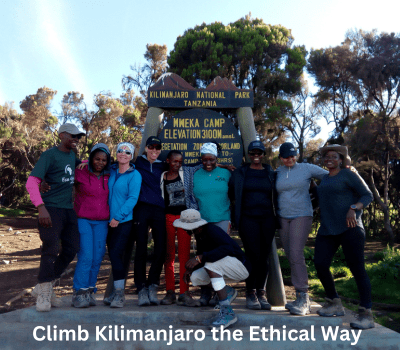Is Altitude Sickness a Concern While Climbing Kilimanjaro?
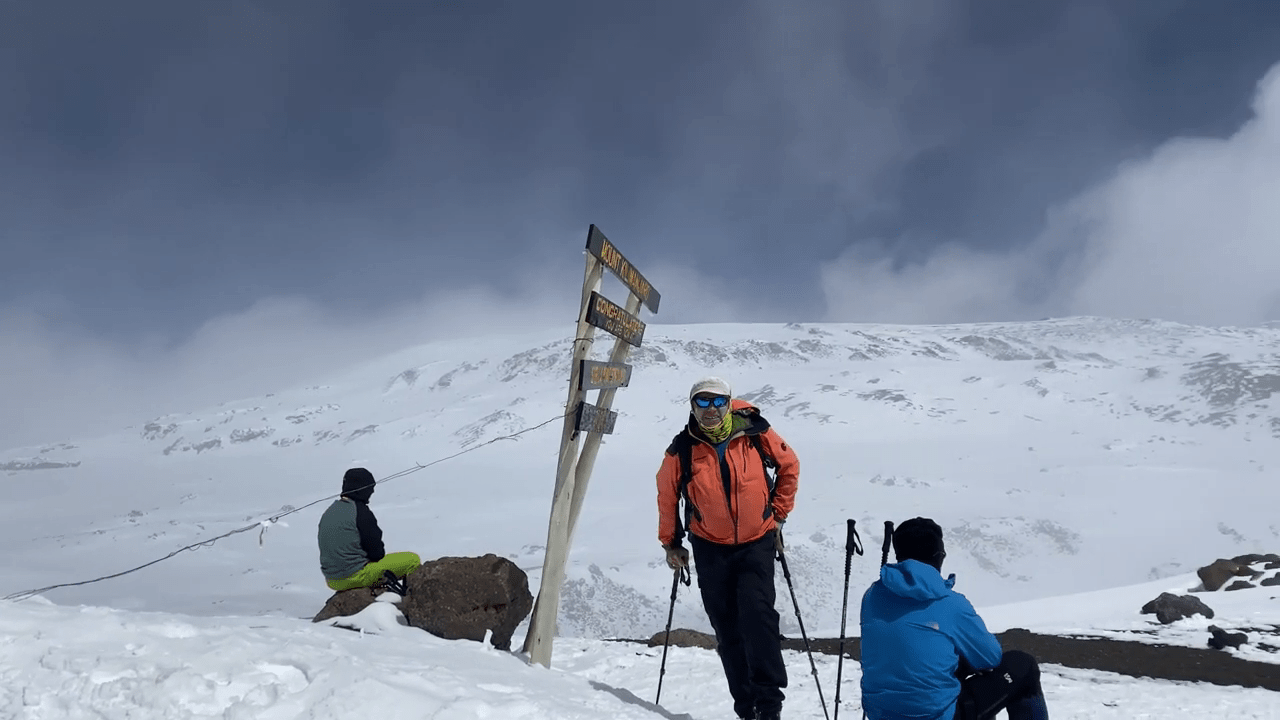
Introduction
The Myth vs. Reality of Altitude on Kilimanjaro
Standing at 5,895 meters (19,341 feet), Mount Kilimanjaro is not just a physical challenge — it’s a battle against altitude. Many first-timers mistakenly believe that because Kilimanjaro is a “walkable” mountain, altitude sickness isn’t a real concern.
Wrong.
Even the fittest athletes can experience serious symptoms at high altitudes. Kilimanjaro doesn’t require technical climbing skills, but it demands deep respect for the impact of altitude on the human body.
Why Everyone Should Take Altitude Seriously
Altitude sickness (also known as Acute Mountain Sickness or AMS) can affect anyone, regardless of age, fitness level, or experience. Proper preparation, smart pacing, and working with an experienced team like Eco-Africa Climbing are essential for a safe and successful Kilimanjaro ascent.
What Is Altitude Sickness?
Definition and Explanation
Altitude sickness occurs when your body struggles to adjust to the reduced oxygen levels found at high elevations. The higher you go, the less oxygen is available, forcing your body to work harder to survive.
Symptoms typically begin above 2,500 meters (8,200 feet) and can worsen with rapid ascent. Without proper acclimatization, AMS can progress into life-threatening conditions.
Types of Altitude Sickness
There are three primary types:
- AMS (Acute Mountain Sickness): Mild to moderate symptoms like headache, nausea, dizziness, and insomnia.
- HAPE (High Altitude Pulmonary Edema): Fluid buildup in the lungs causing severe breathing difficulty. Life-threatening if untreated.
- HACE (High Altitude Cerebral Edema): Swelling of the brain at altitude. Rare but fatal if not treated immediately.
Learn more details in our full guide: Kilimanjaro Altitude Sickness Explained.
How Common is Altitude Sickness on Kilimanjaro?
Real Statistics and Facts
According to various studies, over 75% of trekkers on Kilimanjaro experience at least mild AMS symptoms. Serious altitude sickness (HAPE or HACE) affects a small percentage, but requires immediate medical attention.
Success rates vary significantly depending on route and number of days spent on the mountain. Routes allowing more time for acclimatization (like Lemosho or Northern Circuit) have higher summit success rates — because they give your body time to adjust.
Why Even Fit Climbers Are Vulnerable
Altitude sickness does not discriminate. Marathon runners, CrossFit champions, and seasoned hikers can all suffer from AMS if they ascend too quickly or don’t acclimate properly.
Physical fitness helps with endurance, but has little impact on your body’s biological response to oxygen deprivation.
Symptoms of Altitude Sickness
Early Symptoms
Recognizing early symptoms is crucial for preventing serious complications. Watch out for:
- Headache
- Nausea or vomiting
- Dizziness or lightheadedness
- Fatigue and weakness
- Shortness of breath at rest
- Insomnia or restless sleep
- Loss of appetite
Severe Symptoms That Require Immediate Action
If any of the following occur, descent is mandatory:
- Severe shortness of breath
- Confusion or difficulty walking
- Persistent dry cough or wet gurgling sounds from lungs (HAPE)
- Vomiting, loss of coordination (HACE)
Our safety protocols on Kilimanjaro ensure that serious cases are identified early and treated immediately.
Factors That Influence Altitude Sickness Risk
Rate of Ascent
The number one cause of altitude sickness is ascending too quickly. Your body needs time to adjust to lower oxygen levels. Rushing the climb by choosing short routes (like the 5-day Marangu Route) significantly increases your risk of AMS.
Choosing longer itineraries such as the Lemosho or Northern Circuit gives your body more time to adapt naturally.
Personal Susceptibility
Some people are genetically more prone to altitude sickness. There’s no way to predict it based on fitness level, gender, or age. This is why it’s crucial to climb with a company like Eco-Africa Climbing who monitor your health closely and adjust the plan if symptoms arise.
Hydration, Nutrition, and Sleep
Dehydration makes altitude symptoms worse. Drinking 3–4 liters of water per day, eating well-balanced meals, and getting enough sleep can dramatically improve your body’s ability to acclimatize.
We provide hearty, nutritious meals daily (check out Kilimanjaro food options) to fuel your high-altitude performance.
How to Prevent Altitude Sickness on Kilimanjaro
Choosing the Right Route
Longer routes provide “climb high, sleep low” opportunities, which are essential for proper acclimatization.
These routes dramatically increase your chances of safely reaching the summit without serious altitude problems.
Pacing Yourself (Pole Pole Strategy)
Pole pole means “slowly, slowly” in Swahili. It’s the single most important philosophy on Kilimanjaro. Moving too fast denies your body time to adapt. Your guides will encourage an ultra-slow pace—trust them, it’s a proven success method.
Hydration, Nutrition, and Sleep Tips
Stay on top of your body’s needs:
- Hydration: Drink small amounts consistently throughout the day.
- Nutrition: Eat every meal, even when you don’t feel hungry at altitude.
- Sleep: Maintain regular sleep patterns to help recovery and energy levels.
Fitness Training and Preparation
Preparing your body with aerobic fitness and long hikes before the climb improves circulation and oxygen efficiency. Check out our 12-Week Training Plan to get mountain-ready the right way.
The Role of Guides in Monitoring Your Health
Daily Health Checks (Pulse Oximeter Use)
At Eco-Africa Climbing, your safety is our top priority. Every day, our guides perform:
- Pulse oximeter readings to monitor blood oxygen saturation
- Resting heart rate monitoring
- Personal symptom checklists
Learn more about how we use technology to protect your health: Pulse Oximeter Monitoring.
Emergency Oxygen and Evacuation Plans
We carry emergency oxygen tanks on all climbs and have strict evacuation protocols if a climber’s health deteriorates.
If necessary, we coordinate helicopter rescue services (read more here: Kilimanjaro Helicopter Rescue) ensuring rapid, professional medical attention.
Medications to Help with Altitude
How Diamox Works
Diamox (acetazolamide) is a prescription medication that can help prevent AMS. It works by stimulating breathing and improving oxygen absorption in your blood.
Typically, climbers start taking Diamox 1–2 days before reaching high altitudes and continue through the ascent.
When to Consider Taking It
If you have a known susceptibility to altitude, a history of AMS, or if you’re choosing a faster route, Diamox can be a smart preventive tool.
Always consult your doctor first. For more details, check out our dedicated guide: Diamox for Kilimanjaro Climbers.
What Happens if You Get Serious Altitude Sickness?
Immediate Descent Policies
If a climber shows signs of severe AMS, HAPE, or HACE, the golden rule is simple: Descend Immediately. No summit is worth risking your life.
At Eco-Africa Climbing, we strictly follow this life-saving principle. Descending just 500 to 1,000 meters can often resolve symptoms quickly and safely.
Helicopter Rescue Services
In extreme cases where walking descent is not safe or possible, helicopter evacuation is available on Kilimanjaro.
Our team is trained to call in helicopter rescue promptly and professionally. Learn how it works here: Kilimanjaro Helicopter Rescue.
How Eco-Africa Climbing Prioritizes Your Safety
KPAP Partnership, Ethical and Safety-First Standards
As a proud partner of the Kilimanjaro Porters Assistance Project (KPAP), we are committed not only to porter welfare but to maintaining the highest safety standards for all our climbers.
We equip every expedition with:
- Pulse oximeters
- Emergency oxygen supplies
- Satellite phones for communication
- Comprehensive evacuation protocols
Why Solo Trekkers Trust Eco-Africa Climbing
Many solo trekkers choose us because of our exceptional safety reputation. We treat every climber like family — you’re never alone in facing the challenges of the mountain.
Your success and survival matter most.
Real Stories: How We Saved Climbers from Altitude Issues
Case 1: Sarah from Canada
On day 5 of her Lemosho climb, Sarah experienced dizziness and loss of appetite. Our guides quickly identified moderate AMS symptoms. She was advised to rest, hydrate aggressively, and slow her pace. With careful monitoring, Sarah made a full recovery — and summited two days later!
Case 2: John from UK
During his 8-day Northern Circuit trek, John showed signs of HAPE (wet cough and difficulty breathing). Our team initiated immediate descent and called for a helicopter evacuation. John recovered fully and later returned to climb again — successfully this time!
FAQs About Altitude Sickness on Kilimanjaro
Can you completely avoid altitude sickness on Kilimanjaro?
There’s no guaranteed way to avoid AMS entirely, but choosing a longer route, pacing yourself, staying hydrated, and following medical advice reduces the risk dramatically.
What is the safest route for acclimatization?
The Northern Circuit Route and Lemosho Route offer the best acclimatization profiles.
Should I take Diamox?
Consult your doctor first. Diamox helps many trekkers but may have mild side effects. Learn more here: Diamox on Kilimanjaro.
Is helicopter rescue available anywhere on Kilimanjaro?
Yes, helicopter evacuation is possible from designated areas. Read the full details: Kilimanjaro Helicopter Rescue.
Helpful Resources
- Kilimanjaro Altitude Sickness Full Guide
- Training Program for Kilimanjaro
- Kilimanjaro Gear List
- Kilimanjaro Daily Routine
- Mountain Safety Protocols
Conclusion: Climb Smart, Summit Safe
Altitude sickness is a real concern on Kilimanjaro, but with the right preparation, the right route, and the right team by your side, you can conquer the challenge safely.
At Eco-Africa Climbing, we put your safety first — every step of the way.
Ready to summit safely and successfully?
Contact Eco-Africa Climbing today and let’s start planning your safe, epic adventure!
Share:
Related Posts
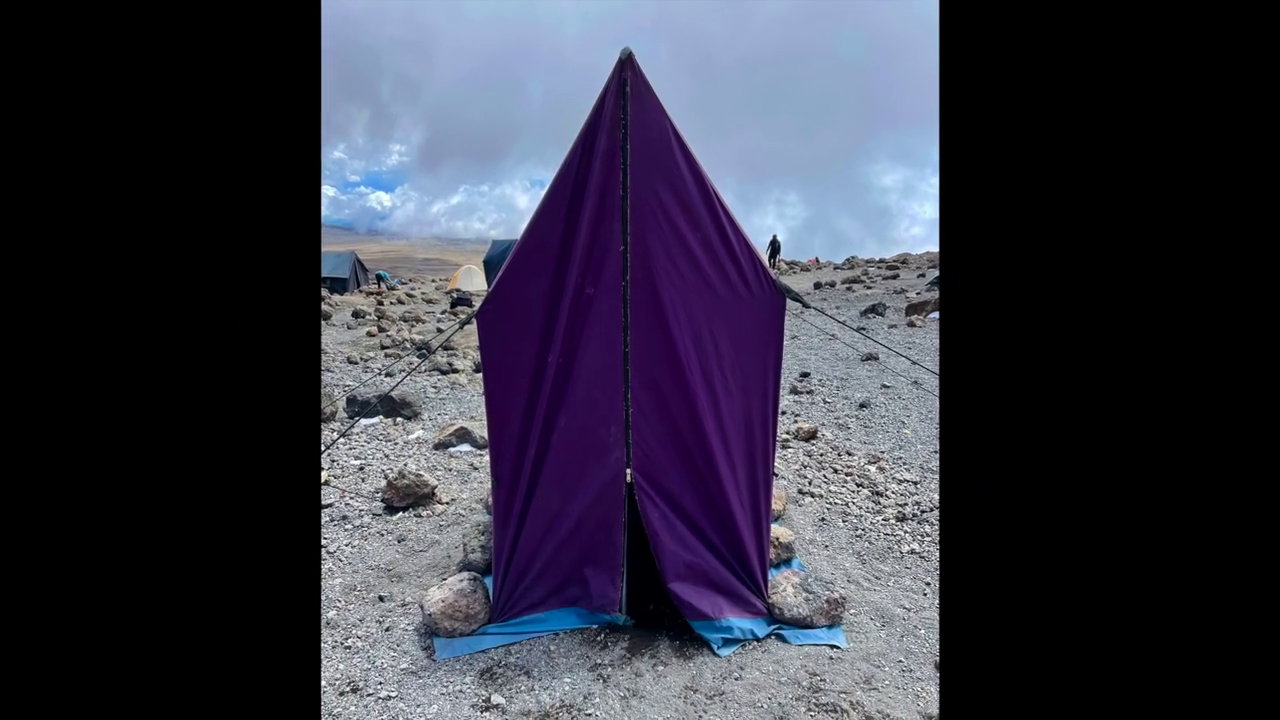
bathroom on mountain kilimanjaro
Bathroom on Mountain Kilimanjaro: What to Expect and How to Prepare Introduction One of the most common — and least discussed — questions from people
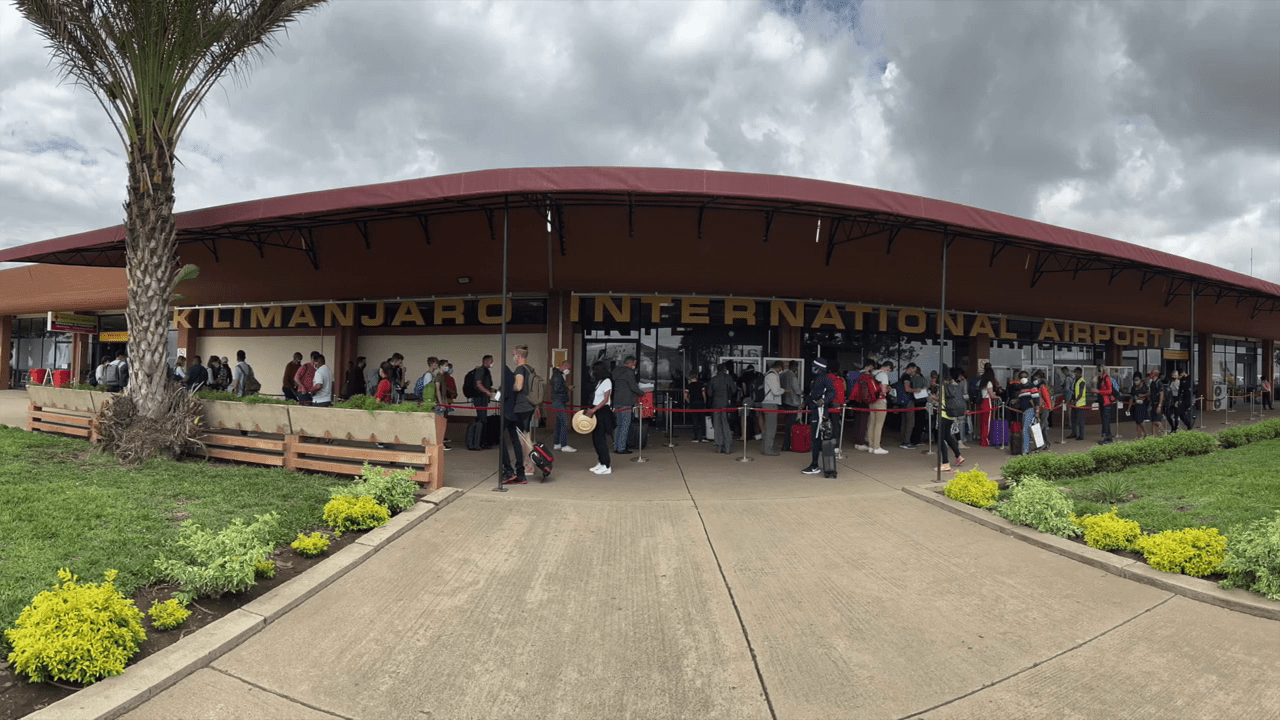
Are Guides Readily Available in Tanzania Without Prior Booking?
Are Guides Readily Available in Tanzania Without Prior Booking? Introduction: Should You Risk Climbing Without Pre-Booking? Climbing Mount Kilimanjaro is a dream for many adventurers.
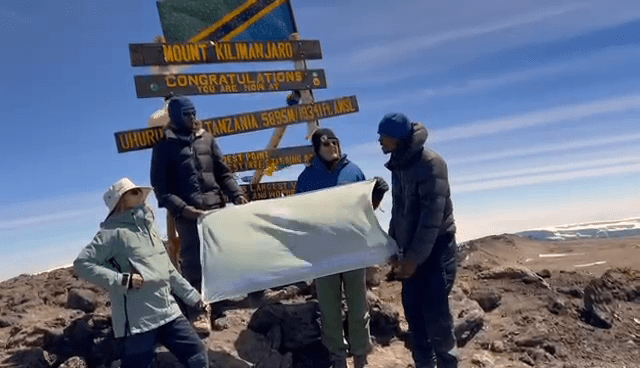
How Can I Find a Reliable Local Guide for My Kilimanjaro Expedition?
How Can I Find a Reliable Local Guide for My Kilimanjaro Expedition? Introduction: Why the Right Guide Is Key to Kilimanjaro Success Climbing Mount Kilimanjaro
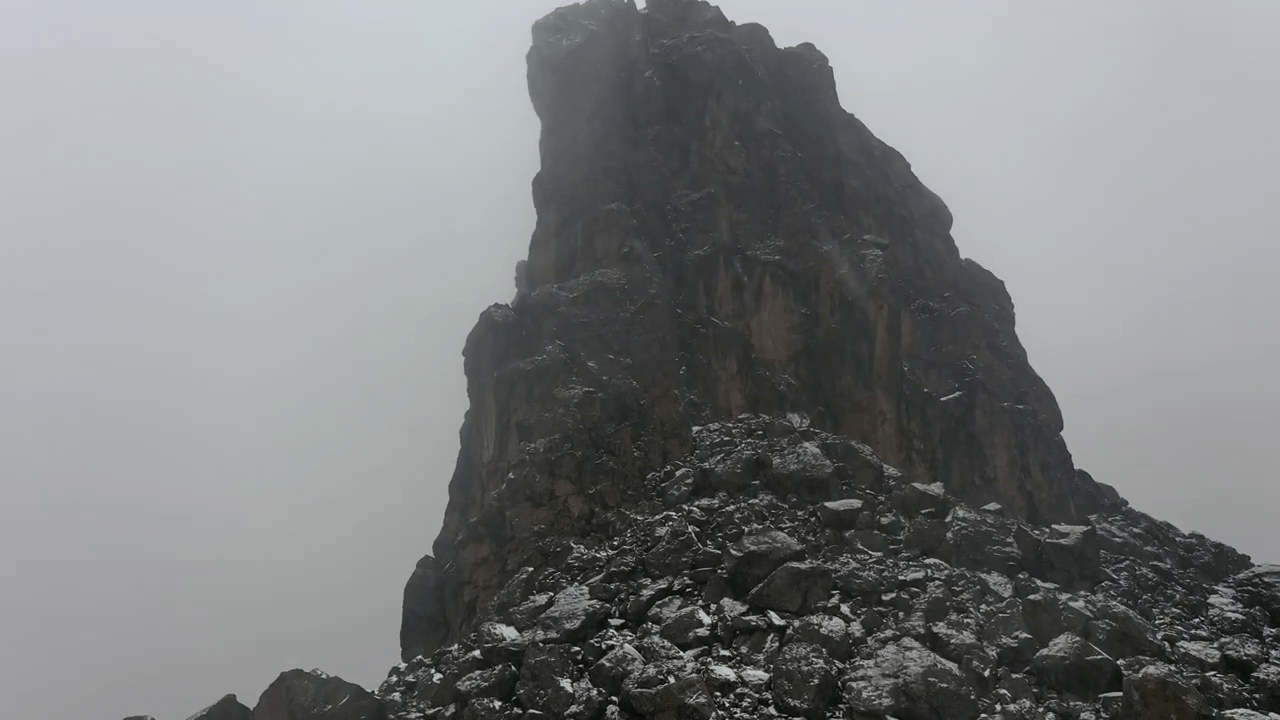
Is Climbing Kilimanjaro Dangerous for Individuals Without Mountaineering Experience?
Is Climbing Kilimanjaro Dangerous for Individuals Without Mountaineering Experience? Introduction: The Myth of Danger and Experience Many aspiring adventurers wonder if climbing Mount Kilimanjaro is
